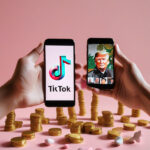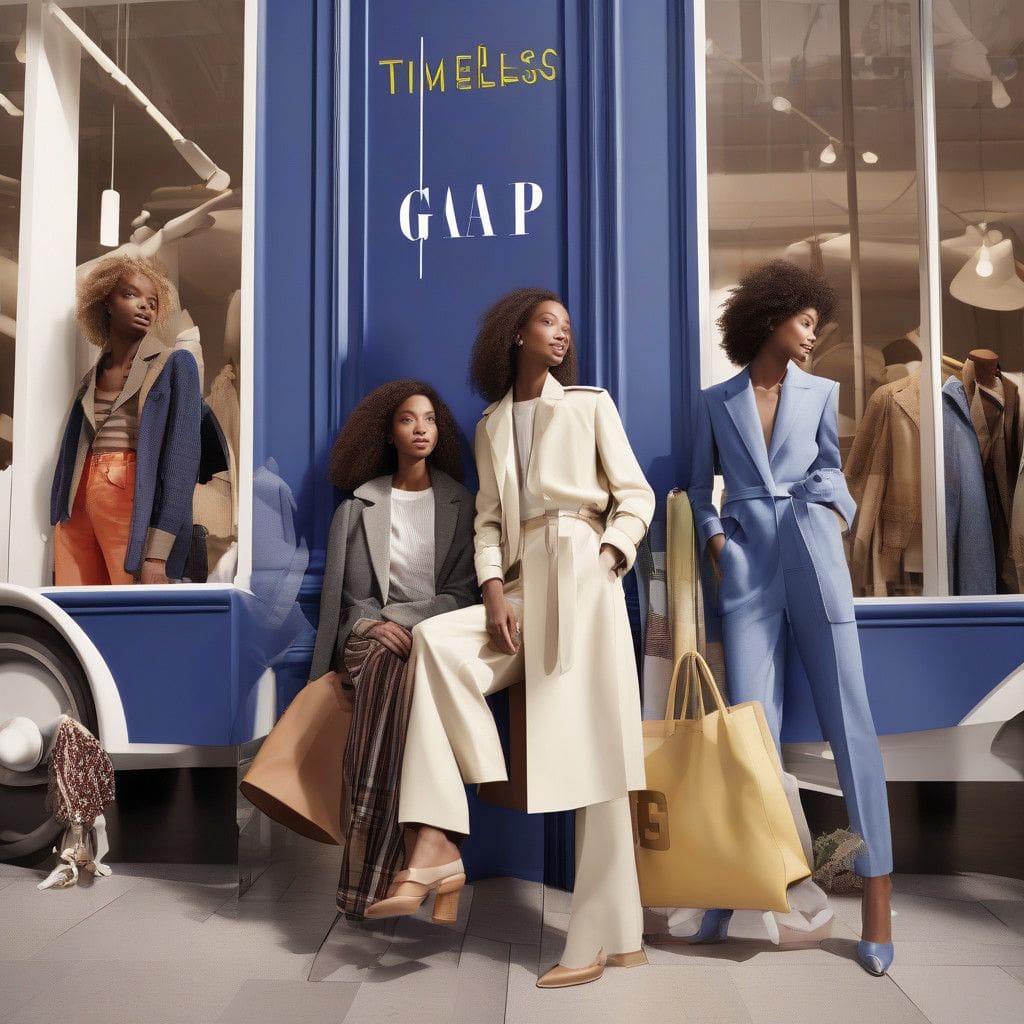In a pivotal week for Gap Inc., the company’s earnings report is poised to shed light on whether the ambitious efforts of CEO Richard Dickson to revive the brand and increase sales have resonated with consumers. After a challenging period, Gap appears to be emerging from the shadows with a renewed focus on creativity and brand positioning.
During his first full year as CEO, Dickson has implemented bold strategies to recapture Gap’s place in the fashion conversation. His initiatives have so far yielded promising results. In February, he appointed renowned designer Zac Posen as the creative director for Gap and chief creative officer for Old Navy. Posen’s influence has been notable, particularly in high-profile events such as dressing Oscar winner Da’Vine Joy Randolph for the Met Gala and outfitting Anne Hathaway in a captivating white shirt dress for a Bulgari event that saw its featured item sold out within hours.
The sales figures reflect this creative revitalization. In the second quarter, Gap and Old Navy’s revenues rose by 3% and 5% year-over-year, respectively. Meanwhile, Banana Republic showed signs of recovery, seeing flat sales after an 8% decline the previous year. Impressively, Gap’s stock is up 30% on a yearly basis, suggesting growing investor confidence.
However, despite these encouraging developments, cracks in the foundation remain. Gap Inc. has historically shown signs of sporadic gains followed by setbacks, exemplified by Banana Republic’s prior sales performance where an 8% spike was followed by a 6% downturn. The upcoming third-quarter earnings release is critical; it will further reveal if Dickson’s brand-building endeavors can yield a sustainable transformation for the company.
Expectations for the third quarter have been tempered. The brand has guided that revenues will be “up slightly,” signaling to investors that momentum from recent marketing efforts—including collaborations with trendy indie labels—may take time to solidify. This strategic caution mirrors the calculated recovery seen in companies like Adidas, which successfully capitalized on consumer interest in its timeless Samba styles post-Yeezy, positioning itself for gradual growth rather than immediate gains.
Gap Inc.’s rebranded identity focuses on legacy staples—denim, khakis, and classic white button-ups—instead of its previously ambitious but ultimately mismatched collaborations, such as the one with Kanye West’s Yeezy line. As part of its marketing strategy, traditional channels are being revived, featuring pop culture icons like Tyla and Troye Sivan, while holiday campaigns celebrating emotional connections using nostalgic tunes have garnered impressive traction, boasting nearly 10 million views on TikTok.
Nevertheless, challenges persist, particularly with its smaller brands. The activewear segment, represented by Athleta, reported a 4% sales decrease as competitors like Alo Yoga and Vuori—which boasts a valuation nearing $6 billion—continue to dominate the market. This highlights the necessity for Gap Inc. to ensure it does not neglect its diverse portfolio in favor of its core offerings.
Analysts and investors are keenly awaiting this week’s earnings update, which is set to offer insights into how well Dickson is able to juggle the revitalization of established brands while maintaining the growth trajectory of the subsidiary labels. The balance between innovation and classic offerings will prove crucial in determining the company’s long-term success.
The stakes are high: as Gap Inc. endeavors to reclaim its place in an increasingly competitive fashion landscape, it must translate creative initiatives into consistent financial performance. The upcoming report will play a significant role in erasing doubts about the company’s ability to maintain its newfound momentum.
Within the fickle world of fashion retail, Gap is not merely a brand but a cultural touchstone, and its ability to adapt and thrive will be closely monitored by industry insiders and the marketplace alike. As the fashion industry continues to evolve, Gap’s next moves could signal both opportunity and risk—an essential narrative to follow in the months ahead.












